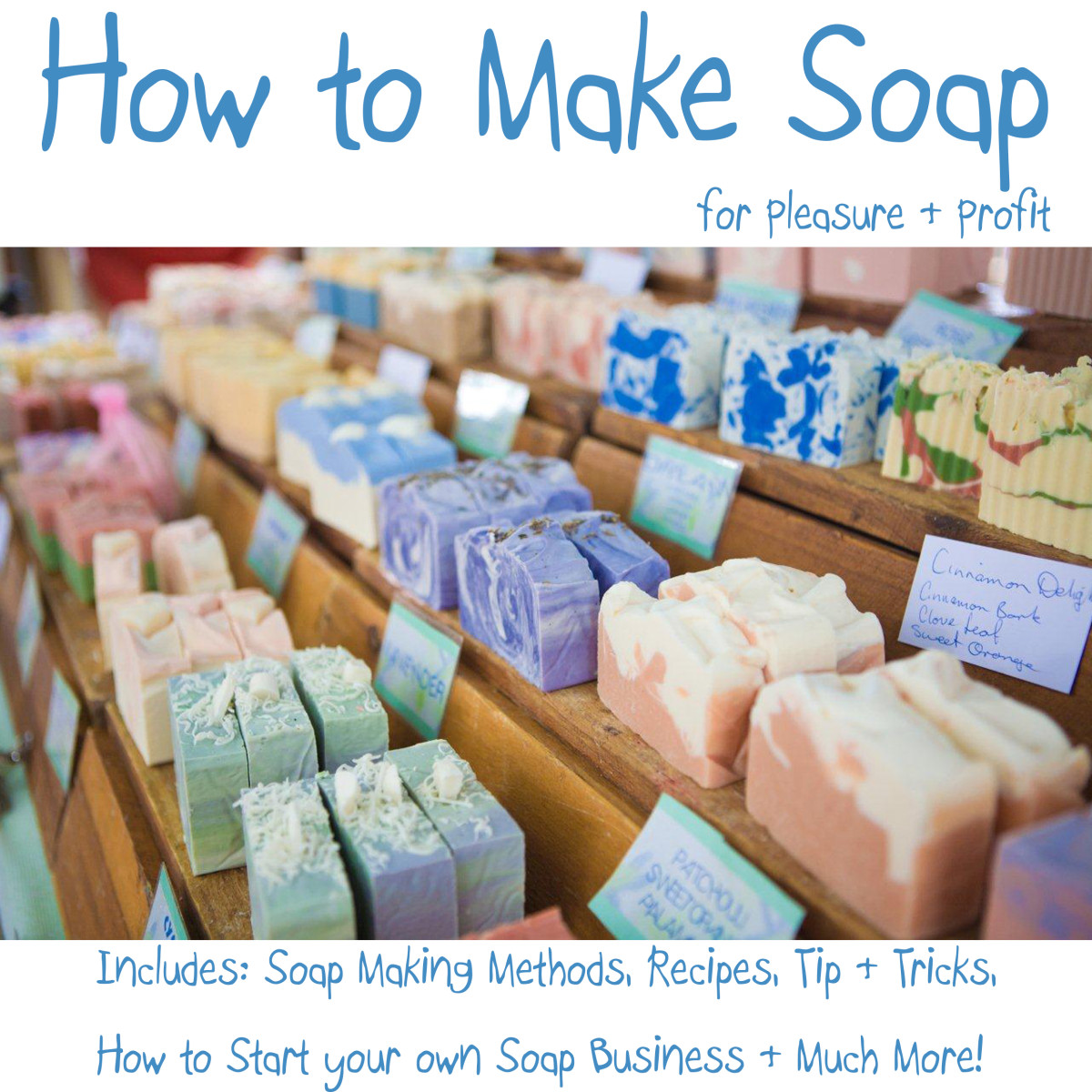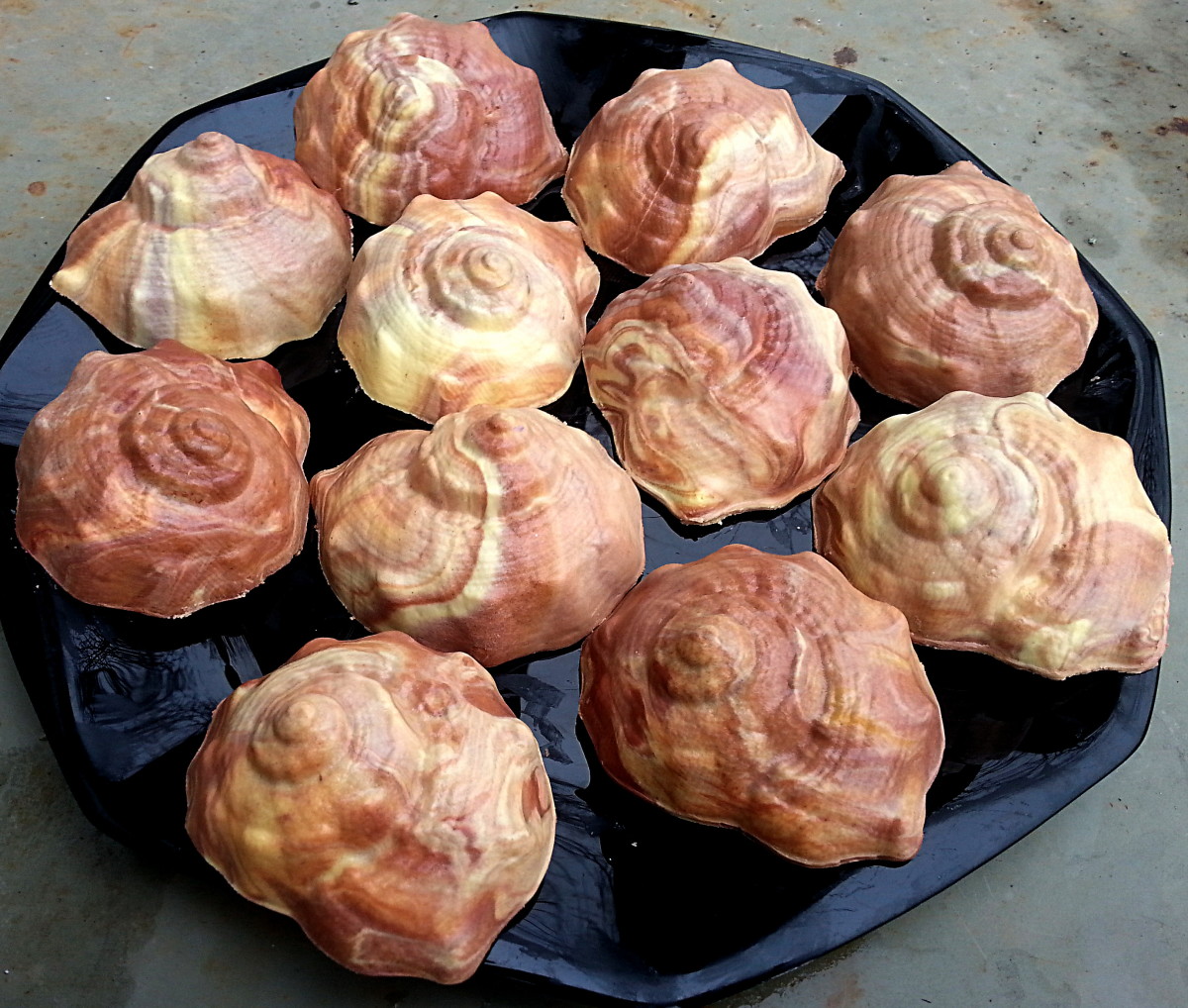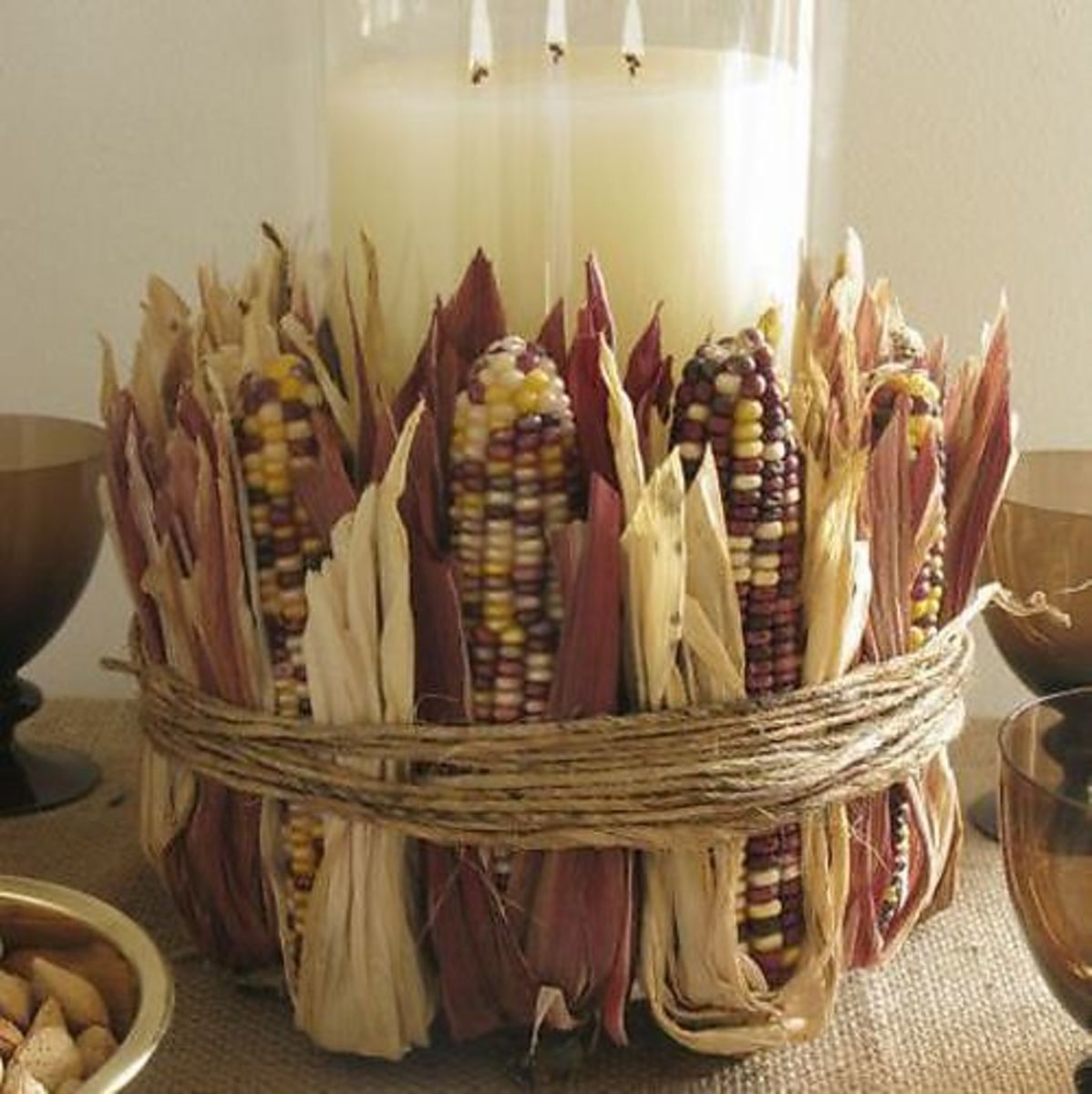How to Make Soap: Easy Craft Project
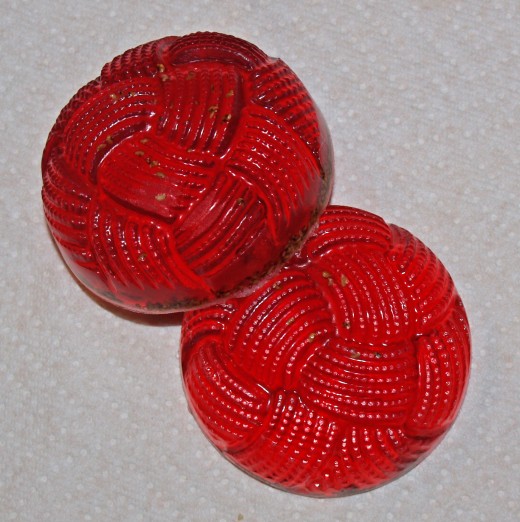
What is Soap?
Soap is, quite simply, a substance used for bathing, washing, and cleaning.
Making soap is an easy craft for children...to be done with an adult's supervision.
There are two primary types of soap—cold process soap and melt and pour soap.
In this article, I'll explain how to make your own melt and pour soap using equipment already in your kitchen and a few purchased supplies.
Cold Process Soap
Cold process soap is made by combining fatty acids (animal tallow, olive oil, or hemp oil, for example) with sodium hydroxide— lye, a corrosive alkaline substance. Lye is dangerous if not used properly. It can cause chemical burns, scarring, and blindness, and it may be fatal if swallowed. The procedure for making cold process soap is somewhat dangerous and should not be attempted when making soap with kids. I will not be explaining in this article how to make this type of soap.
Soap Making Supplies
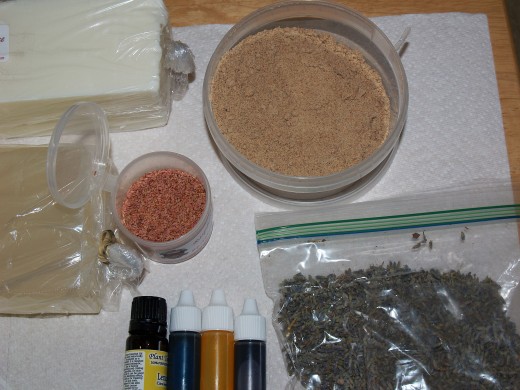
Melt and Pour Soap Base is a solid block of soap sold by brick-and-mortar craft stores and online retailers.
Soap molds are flexible molds designed for the soap making craft. (The smaller-size molds are sometimes sold as candy-making molds.)
Colorant specifically formulated for making soap and other bath products should be used.
Essential oil is a highly concentrated plant extract used for adding scent to bath products.
Additives add scent, texture, or color to soap. Raspberry seeds and finely ground almonds are two additives I like to use when making exfolliant soap.
Pyrex® measuring cup to hold the soap base in your microwave oven.
Supplies and Equipment Needed for Soap Making
Supplies
- Melt and Pour Soap Base
- Soap molds
- Colorant
- Essential oil
- Additives (almond meal, blueberry seeds, coffee, ground almonds, oatmeal, raspberry seeds, etc.
Household Items
- Pyrex® measuring cup (2-cup size)
- Non-serrated kitchen knife
- Wooden spoon
- Spray bottle containing rubbing alcohol
- Microwave oven
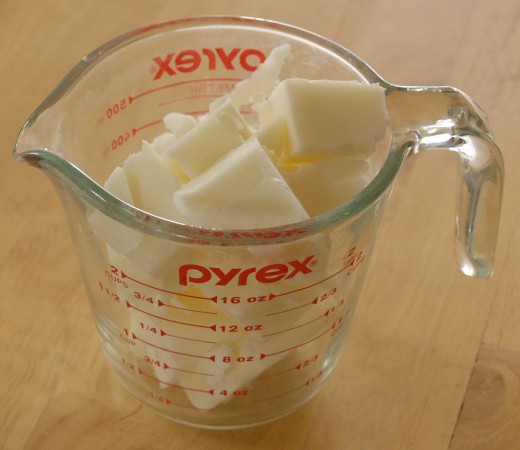
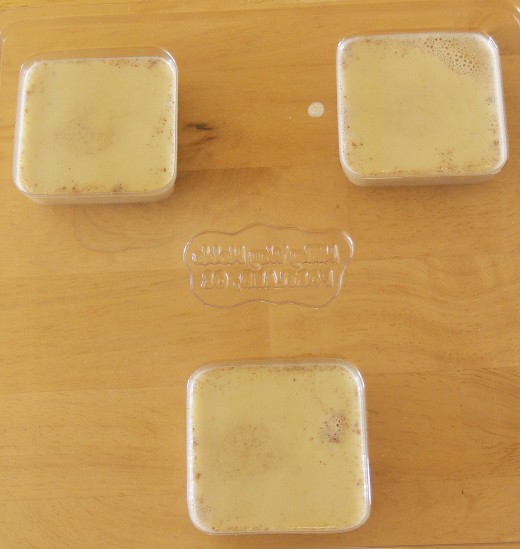
Step-by-Step Soap Making Instructions
- Using a regular butter knife, cut the soap base into chunks and fill a two-cup Pyrex® measuring cup with them.
- Microwave the soap base chunks until the soap melts—approximately two minutes.
- Remove the soap base from the microwave and stir it. Be careful—the melted soap will be very hot.
- Add colorant to the melted soap, if desired, a few drops at a time. Stir the soap well.
- Add fragrance to the melted soap, if desired, a few drops at a time. Stir the soap well.
- If you want to make exfolliant soap, add the additive now. A tablespoon or two of additive is all that you will probably need. You can experiment with this, increasing or decreasing the amount of additive in your next batch of soap.
- Carefully and slowly pour the melted soap base mixture into the soap molds.
- If bubbles form on the soap after you pour the soap into the molds, spray the soap with rubbing alcohol. The bubbles will magically disappear.
- When the soap has solidified, turn the mold over and gently press on each soap form to release it from the mold. If you can't easily release the soap from the mold, put the mold containing the soap in your refrigerator for a few minutes. The soap will shrink away from the edges of the mold, and you'll be able to release it very easily.
- Wrap each bar of soap in plastic wrap for storage if the soap isn't going to be used immediately.
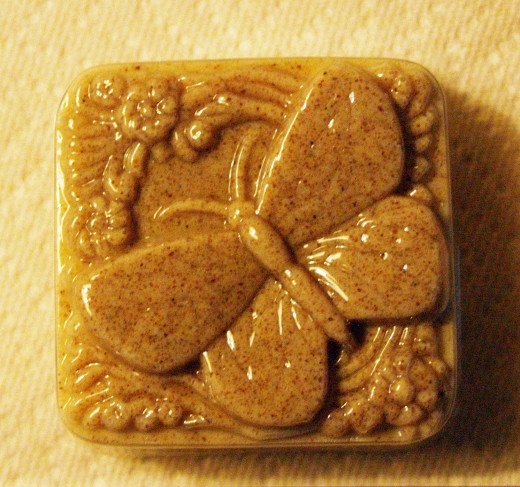
Have you ever made soap using the melt and pour method?





